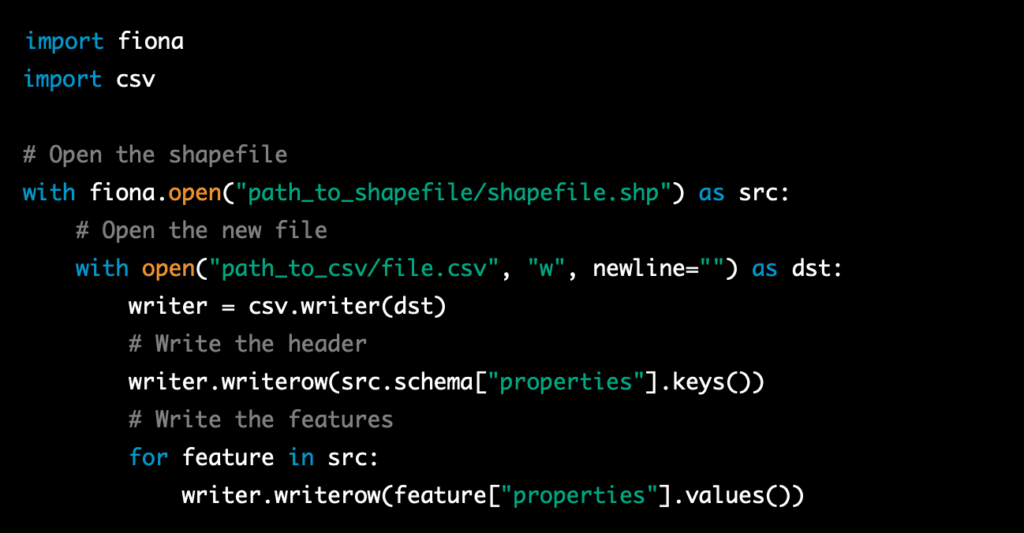Failed GIS systems can fail for a variety of reasons, such as poor planning and design, lack of user input and involvement, inadequate testing and quality control, lack of training and support for users, and a lack of resources or funding to maintain and update the system.
One example of a failed GIS system is the Denver International Airport’s baggage handling system. The system, which was based on GIS technology, was intended to automatically route and track baggage throughout the airport, but it failed to function properly upon its launch in 1995. The system was plagued by technical problems, software bugs, and poor design, and ultimately had to be replaced at a cost of over $200 million.
One example of a failed GIS system is the New Orleans Geographic Information System (NOGIS) project, which was intended to provide detailed information about the city’s infrastructure and demographics to aid in emergency management and disaster response. The project, which was launched in the early 2000s, was plagued by issues such as poor data quality, lack of user buy-in, and a lack of funding. Despite significant investments in the project, it ultimately failed to meet its goals and was eventually abandoned.
Another example of a failed GIS system is the UK’s National Health Service’s (NHS) National Programme for IT (NPfIT). This project aimed to provide a centralized electronic health record system for all NHS patients, but faced a number of challenges such as lack of buy-in from medical staff, technical difficulties, and cost overruns. The project was eventually scaled back and many of its goals were never achieved.
Another example of a failed GIS system is the London Congestion Charge, a system implemented in 2003 to charge drivers for entering a designated congestion zone in the city. The system, which relied on cameras and license plate recognition technology, was plagued by technical issues and inaccurate billing, resulting in significant public backlash and a loss of revenue for the city.
One example of a failed GIS system is the launch of the UK’s National Land and Property Gazetteer (NLPG) in 2003. The NLPG was intended to provide a comprehensive, accurate and up-to-date database of all land and property in the UK, but the project was plagued by delays and technical issues. Despite an initial budget of £13 million, the project ended up costing over £50 million and was eventually abandoned in 2010. The failure of the NLPG was attributed to a lack of proper planning, inadequate testing, and poor management.
Another example of a failed GIS system is the implementation of the Computer-Assisted Mass Appraisal (CAMA) system in Cook County, Illinois, USA. The CAMA system was intended to improve the efficiency of the county’s property tax assessment process, but the system was plagued by inaccuracies and inconsistencies, leading to widespread complaints from property owners. The system was eventually abandoned in 2010 and replaced with a new system. The failure of the CAMA system was attributed to poor data quality, lack of proper testing, and inadequate training for users.
In Malaysia, one example of a failed GIS system is the implementation of the Integrated Management System for Land Administration (IMS-LA) by the National Land Management Department (NLMD). The system was intended to improve the efficiency and transparency of land administration in Malaysia, but it was plagued by technical issues and data inaccuracies. The system was eventually abandoned in 2016 and replaced with a new system. The failure of the IMS-LA system was attributed to a lack of proper planning, inadequate testing, and poor management.
Another example of a failed GIS system in Malaysia is the National Land Information System (NLIS) project. The project, which was intended to create a centralized database of land information for the country, was plagued by delays, cost overruns, and technical issues, and ultimately had to be cancelled in 2013. [to confirm]
These examples highlight the crucial role that proper planning, design, testing, and maintenance play in the development and implementation of GIS systems in order to avoid failure. Factors such as poor data quality, lack of user engagement, insufficient funding, technical difficulties, and lack of coordination among stakeholders can all contribute to the failure of a GIS system. To ensure success, it is important for GIS systems to be carefully planned, user-centered, and regularly monitored and evaluated. It is worth noting that these failures were not necessarily caused by GIS technology itself, but by poor management, unrealistic expectations, and lack of proper planning, implementation and testing. It is important to remember that all systems, regardless of how well-designed, can encounter unforeseen issues or fail to meet user needs. Therefore, it is the responsibility of the system analyst to anticipate and address potential risks, and to continuously monitor and evaluate the system to ensure its ongoing effectiveness and success.






